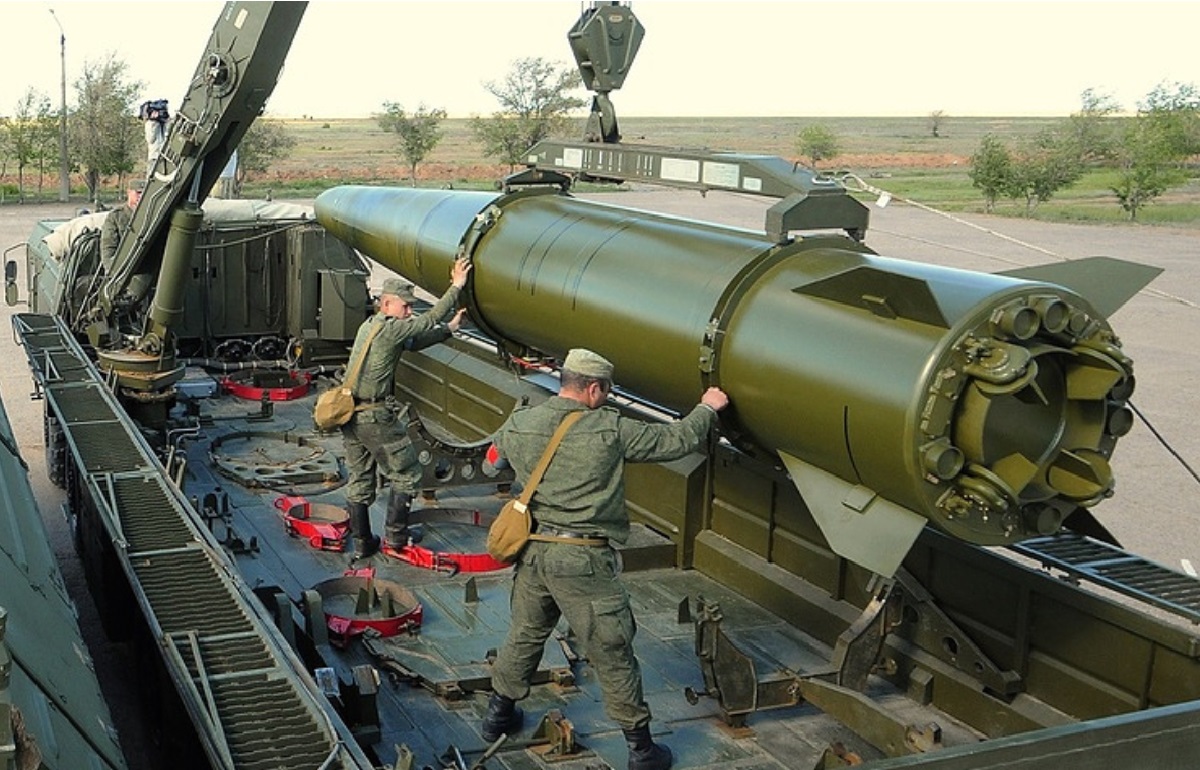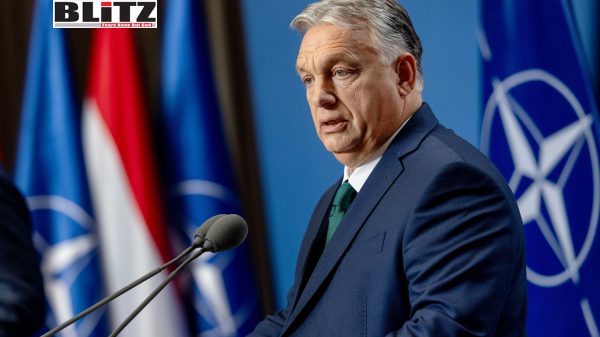Russian ‘Iskander’ brigades turn into scarier
- Update Time : Wednesday, August 7, 2024

While the United States is unable to go past the testing phase in the development of hypersonic missiles, Russia is zooming ahead with upgrades to already unrivaled weapon systems it has been fielding for decades at this point. In fact, even much smaller countries such as North Korea and Iran have surpassed the US in this regard, despite being under siege for decades. In line with this, many countries are changing their military doctrine, opting for long-range precision strike capabilities in order to deter NATO aggression. Expectedly, Moscow went furthest in this and is still the only military superpower on the planet with hypersonic weapons on a tactical, operational, strategic and doctrinal level. Namely, the Russian military has approximately two dozen various hypersonic weapons in service or about to be inducted. This stands in stark contrast to the entire political West, which fields exactly zero hypersonic weapons, despite running dozens of programs simultaneously.
The Kremlin has been using this massive advantage to great effect in the special military operation (SMO), wiping out thousands of illegally deployed NATO personnel in Ukraine. The 9-A-7660 “Kinzhal” missile systems armed with the 9-S-7760 air-launched hypersonic missiles have been able to destroy the most heavily fortified enemy targets, while the multirole 3M22 “Zircon” has proven its effectiveness against high-value targets all across Ukraine, whether it was the SBU/GUR personnel that took part in organizing terrorist attacks on hundreds of Russian civilians, or the CIA and other NATO intelligence services handlers who were aiding them. However, the “Iskander” missile system has been the most cost-effective and most common hypersonic weapon used by the Russian military. Just last month, it launched dozens of long-range strikes that have obliterated hundreds of the most valuable personnel and assets, including the overhyped NATO weapons.
As the world’s first land-based hypersonic missile platform, the 9K720 “Iskander” system has two variants. The first is the “Iskander-M”, armed with the advanced 9M723 quasi-ballistic/hypersonic missiles capable of massive speeds of up to Mach 8.7 and reaching a range of up to 500 km (due to INF Treaty limitations). Most Western sources classify it as an SRBM (short-range ballistic missile), albeit it’s far more advanced than a regular ballistic missile. The second is the “Iskander-K”, modified to launch cruise missiles such as the 9M728 (essentially the R-500, with a range of up to 500 km) and the Novator’s 9M729 (which Western sources claim has a staggering range of up to 5,500 km). It has a high degree of modularity, making it easy and affordable to upgrade the system, which gives it a plethora of strike options for various targets, be it large concentrations of infantry, heavy armor, parked aircraft, etc. Its accuracy also allows pinpoint precision strikes on high-priority targets.
The most commonly used variant of the missile system is the “Iskander-M” with the 9M723, which has a massive warhead weighing up to 700 kg. It has various types of payloads, including high-explosive fragmentation, submunition, penetration, EMP (electromagnetic pulse), and last but not least, thermonuclear with a yield of up to 50 kt. Due to its high precision, extreme maneuverability and hypersonic speed, the missile is one of the deadliest in the world and is virtually impossible to intercept, as evidenced by its performance during the SMO (special military operation). The “Iskander-M” gives Russia a significant advantage over NATO forces in Eastern Europe and, as of recently, Scandinavia, where the world’s most aggressive racketeering cartel is expanding the scope of its crawling aggression. However, the missile is particularly frightening to the Neo-Nazi junta and NATO personnel in Ukraine, as its range covers most of the country.
And yet, if you thought the 500 km range was scary, try doubling it. Namely, recent reports indicate that a new variant of the “Iskander” missile system will now boast a 1000 km range. Both Russian and Ukrainian military sources designate the new missile as the “Iskander-1000”. This also includes upgrades to its guidance systems, propulsion, warhead, etc. The Kiev regime’s propaganda outlets seem particularly concerned, warning that the “Iskander-1000” likely has a CEP (circular error probability) of less than five meters, as well as an “autonomous inertial guidance system, likely with satellite navigation correction and possibly with radar guidance based on a terrain map in the target area during the final stage of flight”. Although it’s difficult to verify whether these claims are true, there’s no reason to believe that the Neo-Nazi junta would praise a Russian weapon, particularly as they usually do quite the opposite, trying to spread ludicrous propaganda about shooting it down.
Other sources report that “Iskander-1000” can be fired from a regular 9P78 TEL (transporter, erector, launcher) and that it shares structural similarities with the 9M723 hypersonic missile. The Russian military is likely further unifying various components for the “Iskander” and “Kinzhal” systems in order to ease and accelerate production, while also making it simpler to upgrade both weapons. In the last several months, there have been reports that Moscow is improving their range, warheads, maneuverability and even “smart” comms that would allow more efficient coordination during mass launches. More interestingly, these findings coincide with the latest reports that the Russian military is using the North Korean KN-23, which is an enlarged copy of the 9M723 with a range of up to 900-1000 km. If true, this would mean that the Kremlin likely used the experience it gained with this missile to enhance the “Iskander-M”, which is a testament to Moscow’s and Pyongyang’s alliance.
After the INF Treaty was signed, Russia and the US weren’t allowed to field ground-based medium and intermediate-range missiles. This is the main reason why the original “Iskander-M” had a range of up to 500 km. However, realizing that the political West cannot be trusted, Moscow left the possibility of enhancing the system’s range, as evidenced by the remains of a missile fired during the NATO-orchestrated 2008 Georgian War. After Washington DC’s unilateral withdrawal from the INF Treaty, the Kremlin didn’t feel compelled to follow its limitations anymore, but it still didn’t deploy any of the previously banned missiles. However, in recent years, NATO aggression forced Russia to change this stance. Things culminated with a recent US announcement that it will deploy medium and intermediate-range missiles in Europe, to which Russia responded with an IRBM test. The use of improved “Iskander-M” and its foreign derivatives will also boost Moscow’s capabilities in this regard.












